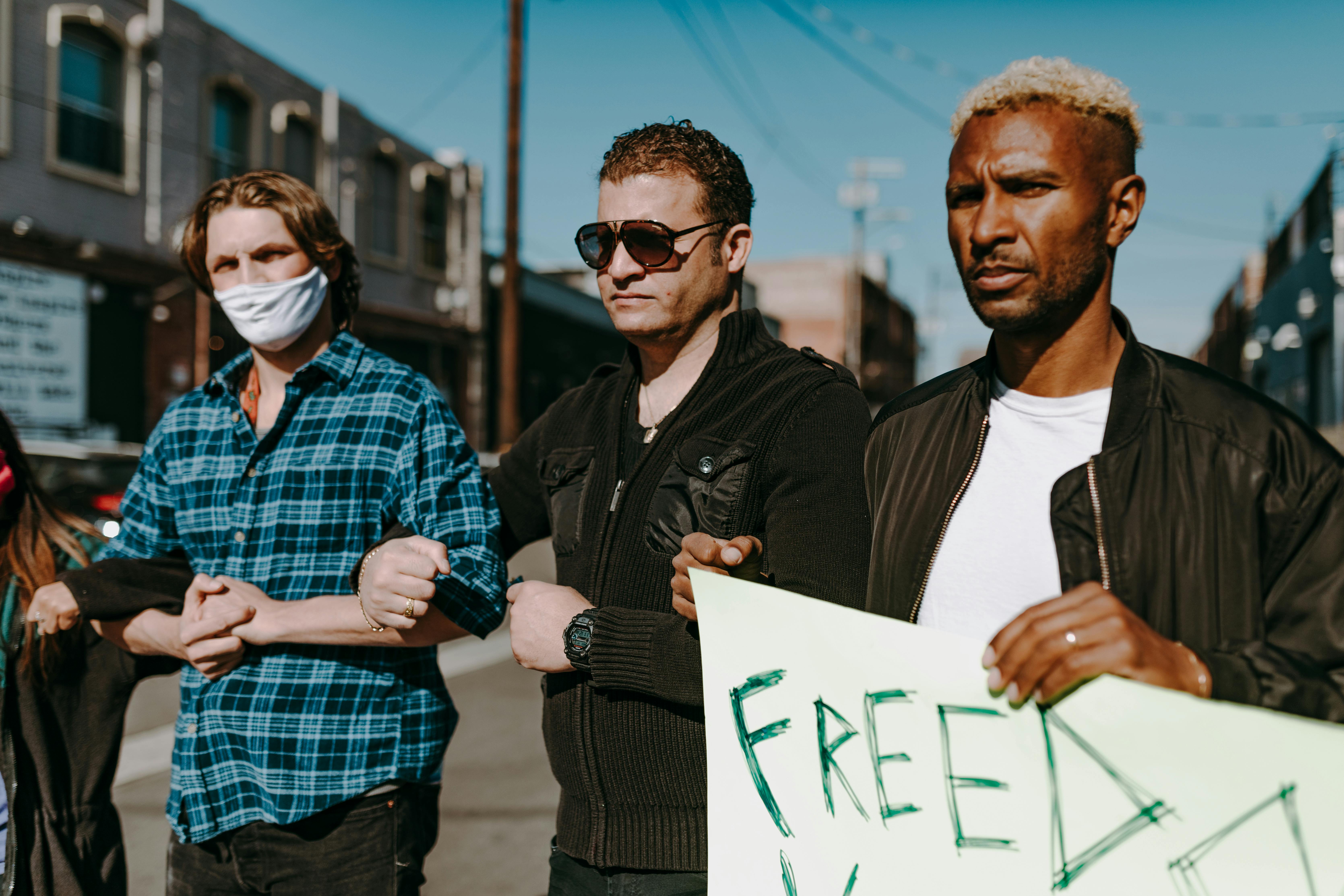
History of Trinidad and Tobago
The history of Trinidad and Tobago begins with the colonization of the islands by Amerindians of South American origin. Around AD 1300, a new group settled in Trinidad and introduced new cultural attributes. With the Mayoide cultural tradition over, it represents the native tribes that were present in Trinidad at the time of the arrival of the Europeans. Their distinctive pottery and artifacts survived until 1800, but after that time they were largely assimilated into mainstream Trinidad society. They have generally been called Arawaks and Caribs. These were largely removed by the Spanish colonizers under the encomienda system. Under this system, which was basically a form of slavery, Spanish encomederos forced Amerindians to work for them in exchange for Spanish “protection” and conversion to Christianity. The oldest organized indigenous group in Trinidad is the Comunidad Caribe de Santa Rosa, based in the town of Arima, although several new groups have developed in recent years.1
Both islands were found by Christopher Columbus on his third voyage in 1498. Tobago changed hands between the British, French, Dutch and Curish, but eventually ended up in British hands. Trinidad remained in Spanish hands until 1797, but was largely colonized by the French. In 1888, the two islands were incorporated into a single-crown colony. Trinidad and Tobago gained its independence from the British Empire in 1962 and became a republic in 1976.2
In 1783, the proclamation of a Population Certificate by the Spanish Crown allowed Catholic settlers and free people of color to settle in Trinidad. French planters immigrated with their slaves to Trinidad, mainly from the French islands to Trinidad. This resulted in Trinidad having the unique characteristic of a large free-colored slave-owning class. In 1797 the British captured Trinidad, and in 1806 there was the first immigration of Chinese indentured laborers to Trinidad.2
The Franco-British Treaty of Amiens in 1802 gave Great Britain formal possession of Trinidad and Tobago which was to have gone to the French, but it remained disputed until the French ceded it to Great Britain in the Treaty of Paris in 1814.
After the abolition of the slave trade in the British Empire in 1807, plantation owners were desperate for new sources of work. In 1811, Trinidad had the largest free non-white population in the British Caribbean. Emancipation from slavery occurred on August 1, 1838. The British government began a program to recruit Indian laborers in Calcutta to send them to Trinidad and Guyana. They were forced to work as contract laborers for a set number of years on the plantations. In 1844 and 1845 East Indians and later a new wave of Chinese indentured laborers arrived in Trinidad.1
The contract period was extended to five years with the guarantee that, if they wanted it, they would get a free ticket home at the end of their service. In 1853, the law was changed again to allow indentured workers to reinstate themselves for a second 5-year term. It was not until 1888 that the two islands of Trinidad and Tobago, separated by only eighteen miles, were united to form a colony by an order in council of the United Kingdom; even the union did not become fully effective until ten years later, again by order in council. The order considered Tobago under the guardianship of the colony of Trinidad and Tobago.1
In the 1970 book Mechanics of Independence written by future Prime Minister ANR Robinson, he stated that “the movement towards independence promises a moral and spiritual regeneration. New structures must take the place of the colonial mechanism. The newly independent country must, therefore try to develop a whole series of instruments – a technology, so to speak, of change. Success will depend, however, on the ability to make use of all relevant experiences, past and present, national and external, as well as as well as the capacity for innovation.” 44 years have passed since Independence and a new Parliament building that reflects our identity will be one more step towards a demonstration of independence and identity.3
Ratings
1. The Columbia Encyclopedia, Sixth Edition. 2001-05.
2. Milla Cozart Riggio, Culture in Action: The Trinidad Experience, 31.
3. ANR Robinson, The Mechanics of Independence: Patterns of Political and Economic Transformation in Trinidad and Tobago, 4-7.